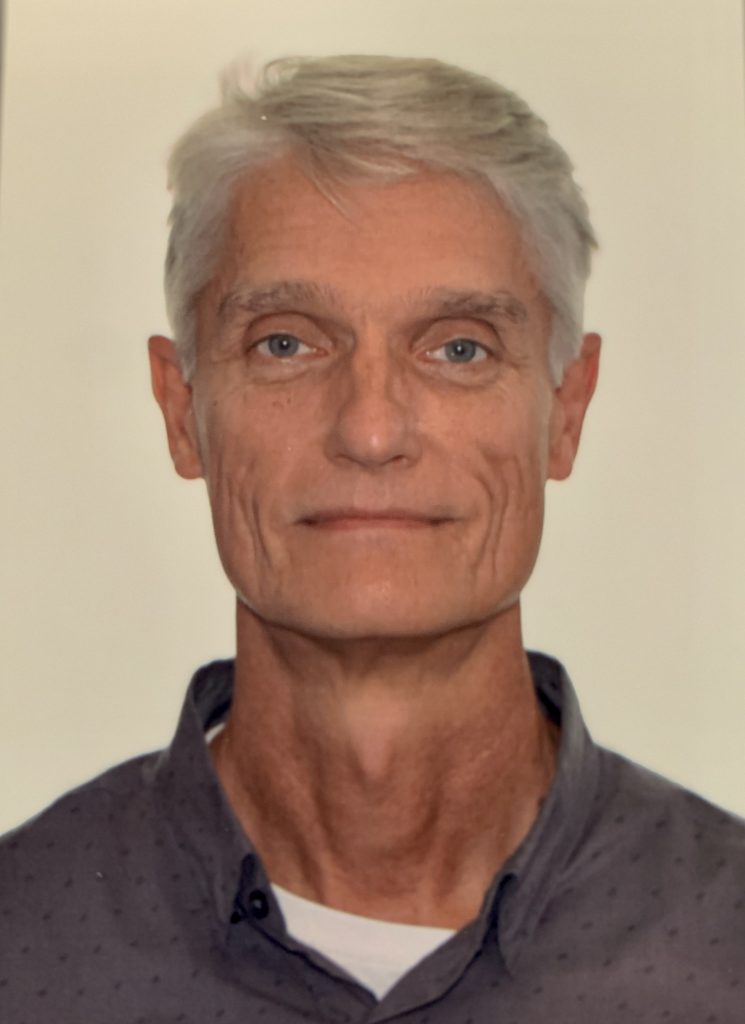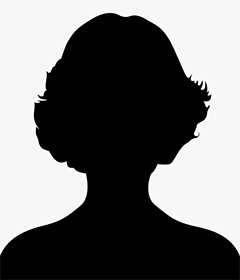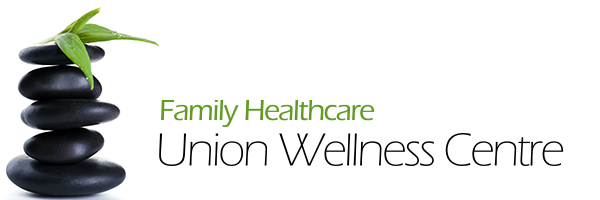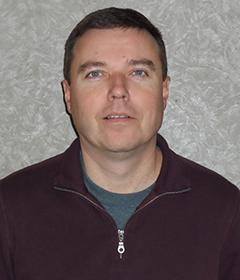Chiropractic Services
One of the largest primary care professions in Ontario, chiropractic is a non-invasive, hands-on health care discipline that focuses on the musculoskeletal system.
Chiropractors practice a manual approach, providing diagnosis, treatment and preventive care for disorders related to the spine, pelvis, nervous system and joints.
Chiropractors use a combination of treatments, all of which are predicated on the specific needs of the individual patient. After taking a complete history and diagnosing a patient, a chiropractor can develop and carry out a comprehensive treatment/management plan, recommend therapeutic exercise and other non-invasive therapies, and provide nutritional, dietary and lifestyle counseling.
For many conditions, such as lower back pain, chiropractic care is frequently the primary method of treatment. Where other conditions exist, chiropractic care may complement or support medical treatment by relieving the musculoskeletal aspects associated with the condition. Chiropractic care may also be used to provide symptomatic relief for patients with chronic conditions. According to patient surveys, by treating the musculoskeletal elements of such disorders, chiropractic treatment has been shown to improve the general well-being of the patient.
Naturopathic Medicine
Naturopathic medicine is a distinct primary health care system that blends modern scientific knowledge with traditional and natural forms of medicine. The naturopathic philosophy is to stimulate the healing power of the body and treat the underlying cause of disease. Symptoms of disease are seen as warning signals of improper functioning of the body, and unfavorable lifestyle habits. Naturopathic Medicine emphasizes disease as a process rather than as an entity.
Treating both acute and chronic conditions, naturopathic treatments are chosen based on the individual patient – their physiological, structural, psychological, social, spiritual, environment and lifestyle factors. In addition to diet and lifestyle changes, natural therapies including botanical medicine, clinical nutrition, hydrotherapy, homeopathy, naturopathic manipulation and traditional Chinese medicine/acupuncture, may also be used during treatments.

In Canada, the naturopathic medical profession’s infrastructure includes accredited educational institutions, professional licensing, national standards of practice, participation in many federal health committee initiatives, and a commitment to state-of-the-art scientific research.

Acupuncture Treatments
Acupuncture is an ancient form of Chinese medicine involving the insertion of solid filiform acupuncture needles into the skin at specific points on the body to achieve a therapeutic effect. No drug is injected. The needles alone create the beneficial effects of acupuncture. Acupuncture is used to encourage natural healing, improve mood and energy, reduce or relieve pain and improve function of affected areas of the body. It is safe and effective and is often successfully used as an alternative to medications or even surgery. Relief is often obtained with acupuncture when traditional medical therapy has failed.
Massage Therapy
Massage therapy is a comprehensive intervention involving a range of techniques to manipulate the soft tissues and joints of the body. The purpose of massage therapy is to prevent, develop, maintain, rehabilitate or augment physical function or relieve pain1 (Massage Therapy Act, 1991). It is a clinically-oriented health option that achieves undeniable results in the relief of an array of discomforts stemming from stress, muscular overuse and many chronic pain syndromes.

Rachelle Wright, RMT





